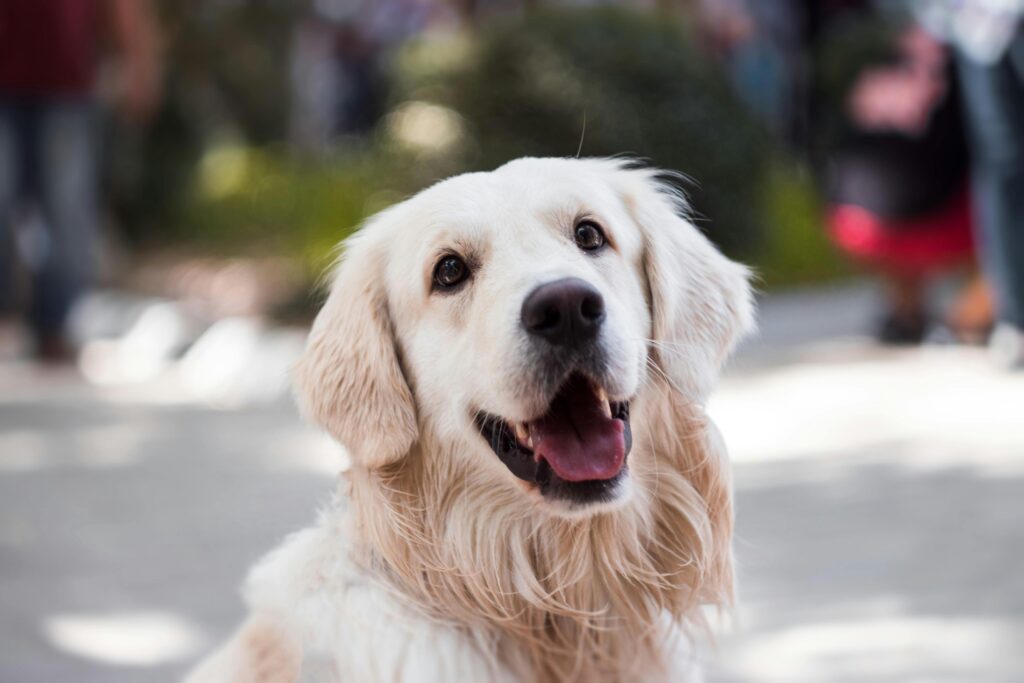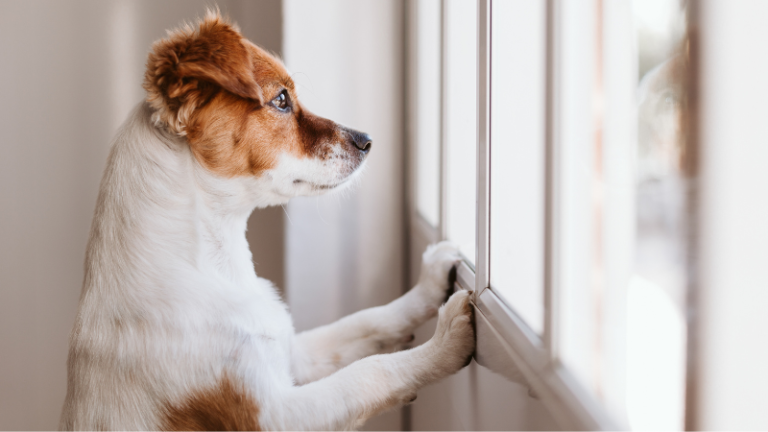In the world of dog training, positive reinforcement has proven to be one of the most effective and humane methods for encouraging good behavior. This method is based on the idea of rewarding desired behavior rather than punishing unwanted behavior. In this article, we will take a detailed look at what positive reinforcement is, why it is so effective, and how you can properly apply it in your training.
What is Positive Reinforcement?
Positive reinforcement is a training method aimed at strengthening a behavior by providing a positive consequence immediately after the desired behavior occurs. This could be a treat, verbal praise, petting, or any other behavior that the dog finds rewarding. The key is to show the dog that their behavior leads to positive outcomes.
Why Does Positive Reinforcement Work?
Positive reinforcement works particularly well in dog training for several reasons:
- Building a Positive Relationship: It fosters a positive relationship between the dog and its owner by building trust and understanding while reducing fear and aggression.
- Promotion of learning: Encouraging Learning: Dogs learn more effectively in a stress-free environment where they feel safe to try new behaviors without fear of punishment.
- Long-term effectiveness: Long-Term Effectiveness: Positive reinforcement leads to lasting learning as the dog associates behaviors with positive outcomes.
How to Apply Positive Reinforcement Properly
To use positive reinforcement effectively, you should keep a few important principles in mind:
- Timing is Crucial: The reward must occur immediately after the desired behavior so that the dog can make the connection between their behavior and the reward.
- Maintain Consistency: It is important to reinforce the desired behavior positively every time it occurs to send clear and consistent messages.
- Vary the Rewards: Change up the types of rewards to keep the dog's interest and motivation high.
- Gradual Progression: Start with simple commands or behaviors and gradually increase the difficulty as your dog makes progress.
Conclusion
Positive reinforcement in dog training is a powerful method that not only encourages desired behavior but also strengthens the bond between you and your dog. By understanding the basic principles of positive reinforcement and applying them consistently, you can create a training environment that is both effective and rewarding for you and your dog. Remember to be patient and celebrate your dog's successes, no matter how small. With time and practice, positive reinforcement will become second nature and the key to a happy and well-behaved dog.









